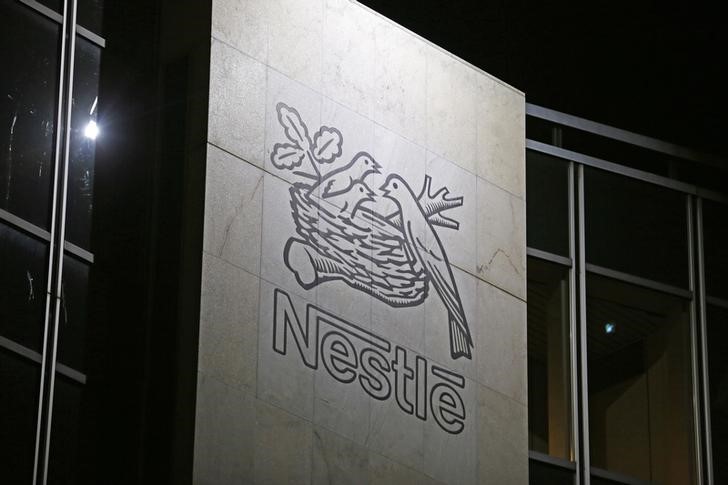Investors closely tracking the Nestle India Share Price often focus on consumer demand, product innovation, and earnings reports. However, one critical and sometimes overlooked factor is the impact of global commodity prices. As a fast-moving consumer goods (FMCG) company, Nestle relies heavily on a range of raw materials — from milk and wheat to sugar, coffee, and packaging materials — whose prices are dictated by global markets. Similarly, in the energy space, external variables like commodity trends affect the Suzlon Share Price, though with different drivers. For Nestle, these inputs directly affect profitability and, in turn, stock performance.
The Raw Material Cost Connection
Nestle India’s product portfolio includes processed foods, beverages, dairy, and infant nutrition — all of which are sensitive to commodity price fluctuations. Key raw materials include:
- Milk: Used extensively in baby food and dairy products
- Sugar: Critical for confectionery and beverages
- Wheat & Coffee: Fundamental to products like Maggi and Nescafé
- Packaging: Heavily reliant on plastic and metal, which are petroleum-linked
An increase in the global prices of these commodities pushes up Nestle’s input costs. Unless the company is able to pass these costs on to consumers through price hikes — which can be difficult in price-sensitive markets like India — it may experience margin compression.
Impact on Profitability and Stock Price
Let’s look at how this plays out:
- Rising Costs → Lower Margins: If commodity prices rise sharply and Nestle delays or avoids passing them on, operating margins shrink.
- Market Anticipation: Analysts tracking raw material inflation may revise earnings forecasts downward, affecting investor sentiment.
- Stock Price Reaction: The Nestle India Share Price often reacts in advance to these forecasts, especially during quarterly results or inflationary trends.
Mitigation Strategies by Nestle
Despite these risks, Nestle India uses several strategies to manage the impact of global commodity prices:
- Hedging: Long-term contracts and commodity hedging instruments
- Product Mix Optimization: Shifting focus to higher-margin or less input-sensitive products
- Operational Efficiency: Cost-saving initiatives in logistics and energy usage
- Gradual Price Increases: Strategic hikes that don’t impact volume growth drastically
These tactics help soften the blow of rising input costs and maintain relatively stable profitability, but there is always a lag between cost pressures and market responses.
Comparing Nestle and Suzlon on Commodity Sensitivity
While Nestle India Share Price is impacted by agricultural and packaging commodity trends, the Suzlon Share Price is tied more to the prices of metals like steel and copper, and the broader energy cost environment. Suzlon is also exposed to interest rate changes and forex volatility due to its global operations.
Conclusion
Global commodity prices play a subtle yet powerful role in shaping the financial performance and valuation of Nestle India. For investors, monitoring trends in milk, sugar, wheat, coffee, and plastic markets can provide early signals on potential margin pressure or upside. As with the Suzlon Share Price, where macroeconomic trends drive sentiment, the Nestle India Share Price too reflects a complex balance of input costs, pricing power, and demand resilience. Understanding this relationship gives investors a deeper edge when evaluating the stock.


